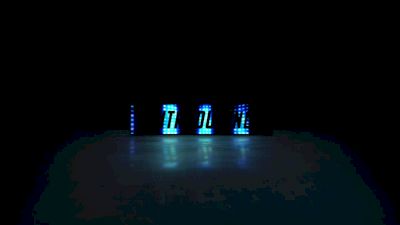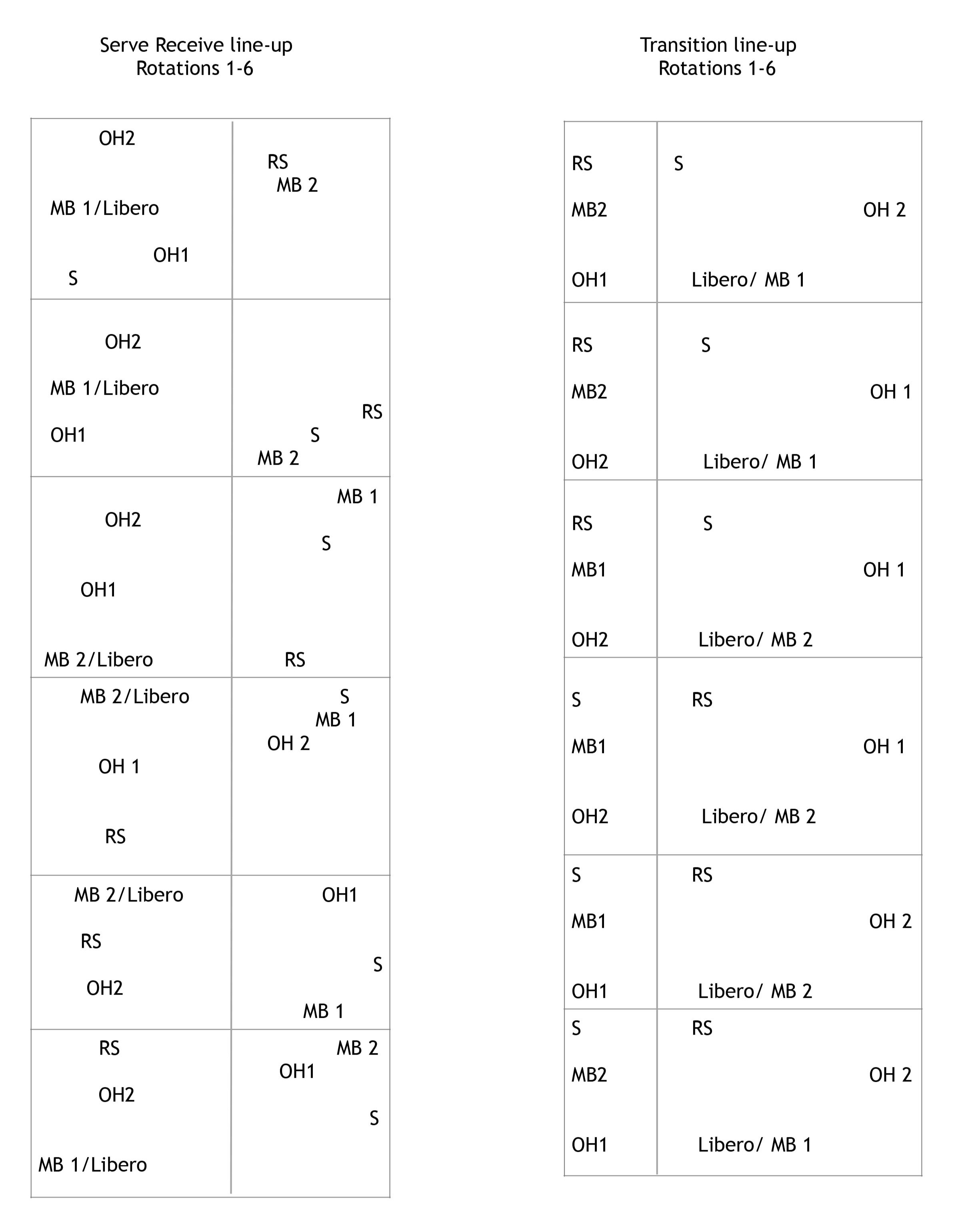An Explanation Of The 5-1 Volleyball Rotation
An Explanation Of The 5-1 Volleyball Rotation
There are a few different rotational systems a volleyball team can run; one is the 5-1.

- Auto
- 1080
- 720
- 480
- 360
- 134
There are a few different rotational systems a volleyball team can run; one is the 5-1.
The first number, five, represents the number of hitters on the court, and the second number, one, stands for the number of setters. When the setter is in the back row, there will be three front-row hitters. After three rotations of this, the setter rotates to the front row, and there are now two front-row hitters. The opposite hitter simultaneously rotates to the back row and becomes a defender and potential back-row attack option.
A 5-1 offensive system means that there is one setter running the offense at all times. One reason coaches like this system is they can have the same setter running the offense continuously. In addition, with a front row setter, middle hitters have an open lane to run plays behind the setter, because there is no right side hitter. Slides, an attack behind the setter off of one foot attack, can be very effective at high levels.
Another positive of the 5-1 system is that while the setter is front row, if a pass is tight to the net, the setter can save it by either tipping it over or jumping and blocking the ball, which, as a back row player, they would be unable to do.
A challenge to running a 5-1 is if the setter takes the first ball, the libero usually steps in to set; in doing so, it takes the middle hitter out of the offense and is challenging for most teams to be in system without the setter setting the ball.
Some teams sub out their opposite hitter when he or she rotates to the back row, choosing instead to play a defensive specialist. Substitution limitations, 12 subs per set, rarely come into play with the 5-1 rotational system, since the setter is in the match the entire time.
Below is a diagram of how to arrange a team into serve receive rotations within a 5-1 system. The serve receive rotation one is the first box and descends down the left column to rotation six. The same rotations are on the right column but it shows where to have players in transition/defense, meaning once the ball goes back over the net from their serve receive spots.
